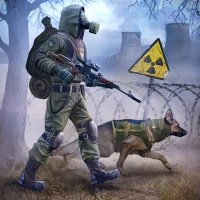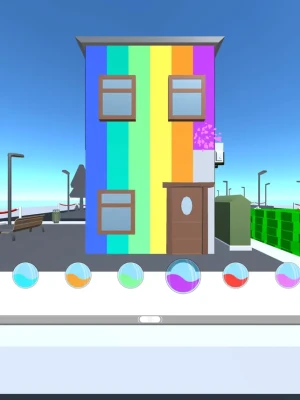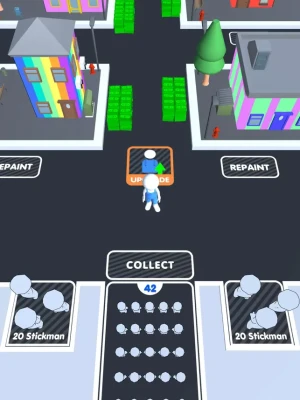
Latest Version
1.2.0
June 03, 2025
Concealing paint!!!
Games
iOS
142.9 MB
0
Free
Report a Problem
More About Color Hide!
Mastering the Art of Color Camouflage: Create Your Own Vibrant Community
In a world where creativity knows no bounds, the ability to blend in or stand out can be a game-changer. Whether you're looking to paint to match colors for stealth or to build your own town that bursts with personality, the right techniques can transform your vision into reality. This article explores how to effectively use color to camouflage your surroundings and create a vibrant community that reflects your unique style.
Understanding Color Camouflage
Color camouflage is not just about hiding; it’s about strategically using colors to blend into your environment or to create a striking visual impact. This technique is essential for various applications, from military tactics to artistic endeavors. By understanding the principles of color theory, you can effectively hide from enemies or unwanted attention.
The Psychology of Color
Colors evoke emotions and can influence perceptions. For instance, greens and browns are often associated with nature and can help you blend into outdoor environments. On the other hand, vibrant colors like red and yellow can draw attention, making them ideal for areas where you want to stand out. Understanding these psychological effects can help you choose the right colors for your camouflage needs.
Techniques for Effective Camouflage
To successfully camouflage your surroundings, consider the following techniques:
1. Choose the Right Palette
Select a color palette that matches your environment. For urban settings, grays and muted tones work well, while natural landscapes benefit from earthy hues. Use color swatches to visualize how different shades interact with one another and the surrounding environment.
2. Use Patterns Wisely
Incorporating patterns can enhance your camouflage. Natural patterns like leaves or branches can break up solid colors, making it harder for the eye to detect shapes. Experiment with different designs to find what works best for your specific setting.
3. Layering Techniques
Layering colors can add depth and complexity to your camouflage. By applying multiple layers of different shades, you can create a more dynamic appearance that adapts to changing light conditions. This technique is particularly effective in environments with varying textures.
Building Your Own Town: A Colorful Community
Once you’ve mastered the art of camouflage, it’s time to apply your skills to create a vibrant community. Building your own town allows you to express your creativity and establish a unique identity. Here’s how to get started:
1. Define Your Vision
Before you begin, take the time to define what you want your town to represent. Consider the themes, colors, and overall atmosphere you wish to create. This vision will guide your decisions as you move forward.
2. Plan Your Layout
Designing a layout is crucial for a cohesive look. Think about the placement of buildings, parks, and communal spaces. Use color zoning to differentiate areas, ensuring that each section of your town has its own character while still harmonizing with the overall design.
3. Incorporate Nature
Integrating natural elements into your town can enhance its appeal. Use greenery, flowers, and water features to add life and color. These elements not only beautify the space but also contribute to a calming atmosphere.
Colorizing Your Community: Tips for Success
To ensure your town stands out, consider these additional tips:
1. Engage the Community
Involve your community in the colorization process. Host workshops or brainstorming sessions to gather ideas and input. This collaboration fosters a sense of ownership and pride among residents.
2. Use Sustainable Materials
When building and painting, opt for sustainable materials that are environmentally friendly. This not only benefits the planet but also enhances the aesthetic appeal of your town.
3. Regular Maintenance
To keep your town looking vibrant, establish a regular maintenance schedule. This includes repainting, landscaping, and cleaning communal areas. A well-maintained environment reflects the care and commitment of its residents.
Conclusion: Embrace Your Creativity
Whether you’re looking to camouflage your presence or build a colorful community, the power of color is undeniable. By understanding the principles of color theory and applying them thoughtfully, you can create spaces that are not only functional but also visually stunning. Embrace your creativity, and let your imagination guide you in crafting a vibrant world that reflects your unique vision.
Rate the App
User Reviews
Popular Apps










Editor's Choice






























